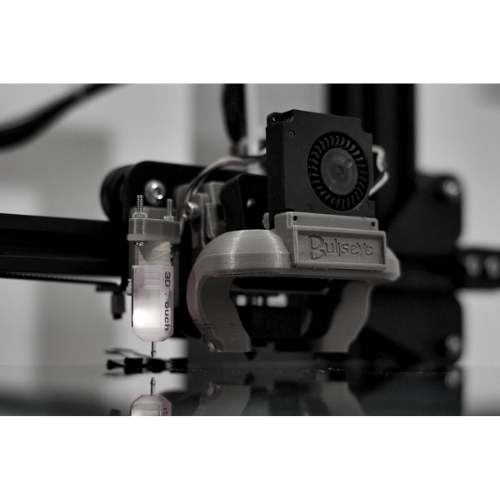The lifespan of a 3D printer and the amount of maintenance it requires can vary widely depending on the specific model and its usage. In general, 3D printers that are well-maintained and used within their recommended operating conditions can last for many years.
What is the lifespan of a 3D printer and how much maintenance do they require?
Here are some factors that can affect the lifespan of a 3D printer:
1. Quality of the printer: higher-quality 3D printers tend to be more durable and have a longer lifespan than lower-quality printers.
2. Usage: the amount of use a 3D printer gets can also affect its lifespan. If a printer is used frequently and for long periods of time, it may wear out more quickly than a printer that is used less frequently.
3. Maintenance: regular maintenance, such as cleaning the print bed and replacing worn parts, can help extend the lifespan of a 3D printer.
4. Operating conditions: the operating conditions in which a 3D printer is used can also affect its lifespan. For example, printers that are subjected to extreme temperatures or dust may wear out more quickly than those used in more controlled environments.
In terms of maintenance, most 3D printers require some basic care and upkeep to keep them running smoothly. This may include cleaning the print bed, replacing worn parts, and calibrating the printer to ensure that it is printing accurately. Some 3D printers may also require more frequent or specialized maintenance depending on their specific design and usage.
Overall, the lifespan of a 3D printer and the amount of maintenance it requires can vary widely depending on the specific model and its usage. Higher-quality printers that are well-maintained and used within their recommended operating conditions are likely to have a longer lifespan.
I am passionate about 3D printing and enjoy sharing my knowledge and experience with others through writing. I find it thrilling to be able to bring digital models to life by creating three-dimensional objects through this technology. I am constantly learning about the latest advancements and trends in 3D printing and am excited to share my insights. For me, writing about 3D printing is a way to share my enthusiasm for this amazing technology and help others understand its capabilities.
The lifespan of a 3D printer
The lifespan of a 3D printer can vary widely depending on the specific model and its usage. In general, consumer-grade 3D printers are designed for less frequent use and may not be as durable as industrial-grade printers.
Consumer-grade 3D printers may last for several years with proper maintenance, although the lifespan may be shorter if the printer is used frequently or subjected to extreme operating conditions.
Industrial-grade 3D printers are designed for more frequent use and are typically more durable and reliable than consumer-grade printers. These printers may last for several years or more with proper maintenance, depending on the specific model and its usage.
It’s worth noting that the lifespan of a 3D printer can also be affected by other factors such as the quality of the printer, the amount of use it gets, and the operating conditions in which it is used. By choosing a high-quality printer and using it within its recommended operating conditions, it is possible to extend the lifespan of the printer.
Overall, the lifespan of a 3D printer can vary widely depending on the specific model and its usage. Consumer-grade printers may last for several years with proper maintenance, while industrial-grade printers may have a longer lifespan.
